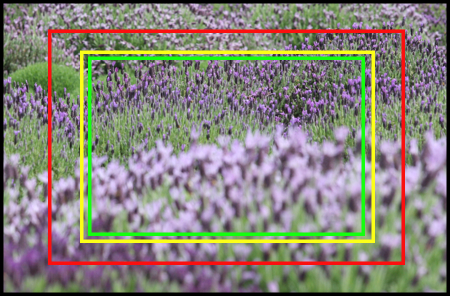Hi all
I'm a canon user and thinking of changing system to D700 currently
I've one thing i don't quite understand which is,
Nikon have DX, AF-S, G, etc....
And to my understanding...
Nikon allows FF body like D700, D3x, etc bodies to use both "1.5x lens" and "FF lens" right?
So It does means i can buy a D700 with a 17-50 f2.8 DX (1.5 crop) lens and achieve a 25.5 - 75mm F2.8 effect rather den buying a 24-70 f2.8 which is much more expensive?
If this is true, what's the disadvantage of doing a set up like this beside losing the 1.5mm widest?
Thanks for the replies.
C=
Have a nice day ahead
I'm a canon user and thinking of changing system to D700 currently
I've one thing i don't quite understand which is,
Nikon have DX, AF-S, G, etc....
And to my understanding...
Nikon allows FF body like D700, D3x, etc bodies to use both "1.5x lens" and "FF lens" right?
So It does means i can buy a D700 with a 17-50 f2.8 DX (1.5 crop) lens and achieve a 25.5 - 75mm F2.8 effect rather den buying a 24-70 f2.8 which is much more expensive?
If this is true, what's the disadvantage of doing a set up like this beside losing the 1.5mm widest?
Thanks for the replies.
C=
Have a nice day ahead



